What is Saxenda?
Saxenda (liraglutide) is a weight-loss medication that helps adults who are overweight or obese lose weight in conjunction with a reduced-calorie diet and physical activity. It’s also FDA-approved for people with at least one weight-related health issue, such as high blood pressure, type 2 diabetes, or high cholesterol.
The active drug in Saxenda is Liraglutide. It belongs to a class of drugs known as GLP-1 receptor agonists. It works by regulating appetite and increasing the feeling of fullness(satiety) to reduce calorie intake and promote weight loss.
Saxenda comes as an injectable solution that’s self-injected once a day subcutaneously(just under the skin) by the patient in the comfort of their home. It’s delivered with a medical prescription only.
Saxenda injector pen
Saxenda is supplied in convenient and easy-to-use prefilled injection pens. Each pen contains 3mL of liraglutide. They’re available in packs of 1, 3, or 5.
A Saxenda pen contains various doses of medicine to be selected with a precise built-in dosage knob. The patient adjusts the quantity of medicine for each injection according to their doctor’s prescription.
The injector pens work with disposable needles. You must use a new one each time to ensure every injection is as hygienic and safe as possible.
Saxenda is a very sensitive drug that becomes unstable when exposed to heat and light. Therefore, it must be stored in the refrigerator between 36°F and 46°F (2°C to 8°C) before first use. Once opened, Saxenda pens can be put pack in the fridge or stored at room temperature (not exceeding 86°F (30°C)) and must be used within 30 days maximum.
How to Use a Saxenda Pen: Instructions
While using autoinjector pens for subcutaneous injections like Saxenda is quite straightforward, it’s essential to do it correctly to ensure proper medication administration.
Your nurse or doctor must have instructed you on how to use a Saxenda pen before sending you home with your new prescription. When in doubt, please refer to the instructions available with your Saxenda pen. Here’s a reminder of the steps to follow.
Step 1. Inspect the medication
Before using the Saxenda pen, always check the solution inside. It should be clear and colorless, with no particles present. If the solution is discolored or you see particles, do not use it. These may be signs your Saxenda pen has gone bad.
Additionally, make sure your pen was stored correctly, at the appropriate temperature range, and has not expired. Remember, Saxenda pens have two expiration dates:
- The one labeled on the pen that usually occurs about one year after the purchase date.
- The one that naturally occurs 30 days after you’ve first used your pen or let it out of the fridge.
Never use a Saxenda pen that has expired.
When using a new pen from the fridge, you may let it sit at room temperature for a few minutes, as this can help reduce discomfort during the injection.
Step 2. Attach a new needle
First, wash your hands with soap and water. Then, take a new disposable needle. Using a new needle for every injection is very important to avoid injection site complications.
To connect a needle to the Saxenda pen, first, remove it from its sterile packaging. Tear off the paper tab, push the needle onto the pen tip, and screw it clockwise. Then, pull off the outer plastic cap and keep it on the side. Pull off the small inner needle cap and throw it away.
Step 3. Prime your Saxenda pen
Before the first use of each Saxenda pen, or if the pen has not been used for more than a week, you need to prime it. Priming means injecting a little medicine into the air to ensure the pen works and all air bubbles are gone.
To prime an injector pen, dial the dose selector to the flow check symbol (a needle tip with two dots). Hold the pen with the needle pointing up and tap it lightly to move any air bubbles to the top.
Then, push the injection button. You must see a drop of medicine at the needle tip. If not, repeat priming until you do. If no drop of medicine appears after 3 primings, try with a new needle. If it’s still not working, do not use the pen and contact the manufacturer
Step 4. Dial your dose of liraglutide
The next step to use your Saxenda pen for injection is to select your dose of medicine.
Turn the dose selector until it shows your dosage (0.6 mg, 1.2 mg, 1.8 mg, 2.4 mg, or 3 mg, depending on your doctor’s prescription). Never change your dose without your doctor’s advice.
Step 5. Choose your injection site
Saxenda is injected subcutaneously (just under the skin), generally in the upper arm, abdomen, or thigh (see below). Remember to rotate injection sites at each injection to avoid skin problems and complications.
Step 6. Inject your dose of Saxenda
Insert the needle straight into your skin in a quick motion. Press the injection button until you hear or feel a “click.” Wait for at least 6 seconds to make sure the full dose has been delivered.
Check that the dose selector is back to 0. Then, remove the needle from your skin.
Step 7. After the injection
Carefully put the outer needle cap back on and unscrew the used needle to disconnect it from your Saxenda pen. Dispose of it in a sharps container, never in the household trash.
Then, put the Saxenda pen cap back on and store your pen as instructed (at room temperature or in the refrigerator for up to 30 days).
Saxenda Injection Sites
Saxenda is a daily injectable drug, so understanding the right places to administer it is crucial for optimum effectiveness and minimizing discomfort.
Where to inject Saxenda?
Saxenda is injected subcutaneously, meaning it is given in the fatty tissue just under the skin. Recommended injection sites include the following:
- Abdomen: This is often the preferred site due to its easy access. Choose a spot at least two inches away from your belly button. The upper outer quadrants of your abdomen are often the best spots.
- Upper arm: If choosing this site, inject into the fatty area of the back of your upper arm.
- Thigh: The front and outer areas of the thigh, specifically the top third area close to the hip, are good choices too.
As always, follow the specific instructions provided by your healthcare provider regarding where and how to inject Saxenda. They can provide the best guidance based on your individual health condition and body composition.
Where not to inject Saxenda?
There are certain areas you should avoid when injecting Saxenda or any other subcutaneous drug:
- Near the belly button: Avoid injecting too close to the belly button (navel). You should aim to inject at least two inches away from it.
- Damaged skin: Do not inject Saxenda into areas where the skin is tender, bruised, red, hard, scarred, or damaged.
- Moles or birthmarks: Avoid injecting Saxenda in areas with moles or birthmarks.
- Previous injection site reactions: If you had a skin reaction at a prior injection site, avoid using that same site for subsequent injections.
- Veins and muscles: As Saxenda is a subcutaneous injection, it should be injected just under the skin and not into veins or muscles.
If you’re unsure where to inject Saxenda, seek advice from your nurse or doctor.
Injection site rotation
Remember to rotate injection sites within these areas at each Saxenda injection. Rotating your injection sites is essential for several reasons:
- Prevent skin complications: Repeated injections in the same site can cause skin and underlying tissue changes, such as thickening or pitting (also known as lipodystrophy). This can make the skin look uneven or dented and can also affect how the medication is absorbed.
- Prevent pain and discomfort: Injecting repeatedly in the same place can lead to scar tissue build-up, making injections more painful over time.
- Improve medication absorption: Consistent rotation helps ensure the medication is being absorbed effectively. The absorption rate can vary depending on the site, and repeatedly using the same site can impact how the drug works.
Injection site reactions and complications
Like any injectable medication, Saxenda can cause side effects at the injection site. While some people may never experience side effects, others may suffer from the following:
- Pain
- Redness
- Swelling
- Bruising
- Itching
- Rash
- Minor bleeding
- Lipodystrophy
If you experience a prolonged or severe reaction, or if the site does not heal properly, seek medical advice immediately.
How Long Does It Take for Saxenda to Work?
Saxenda begins working immediately to help control the appetite, but weight loss results will vary and depend on various individual factors.
In clinical studies, some patients start seeing weight loss within the first few weeks of treatment, but the full effect of Saxenda in terms of weight loss is usually seen after several weeks to a few months.
Remember that Saxenda should be used with a reduced-calorie diet and increased physical activity for optimal results. Also, you should continue taking the medication as long as it’s prescribed by your healthcare provider, even if you don’t see immediate results. Weight loss is a slow process, and it can take time to see significant changes.






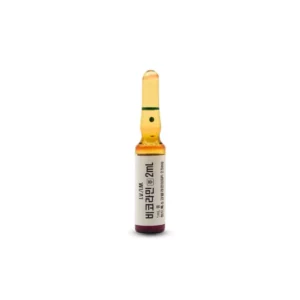




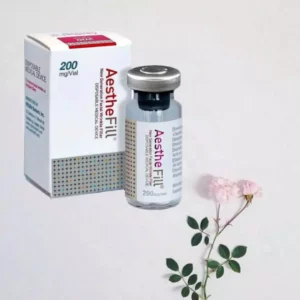

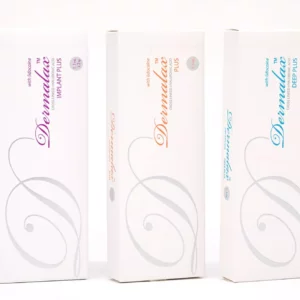

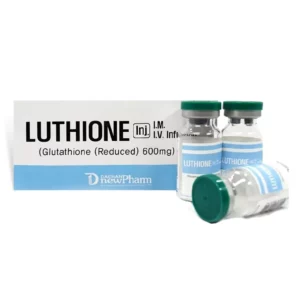
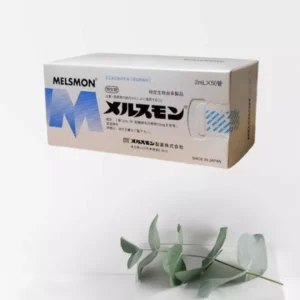





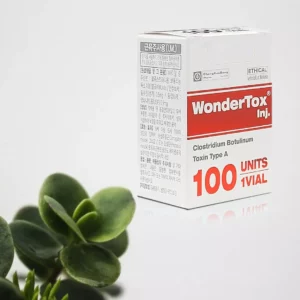
Reviews
There are no reviews yet.